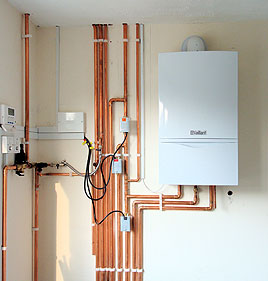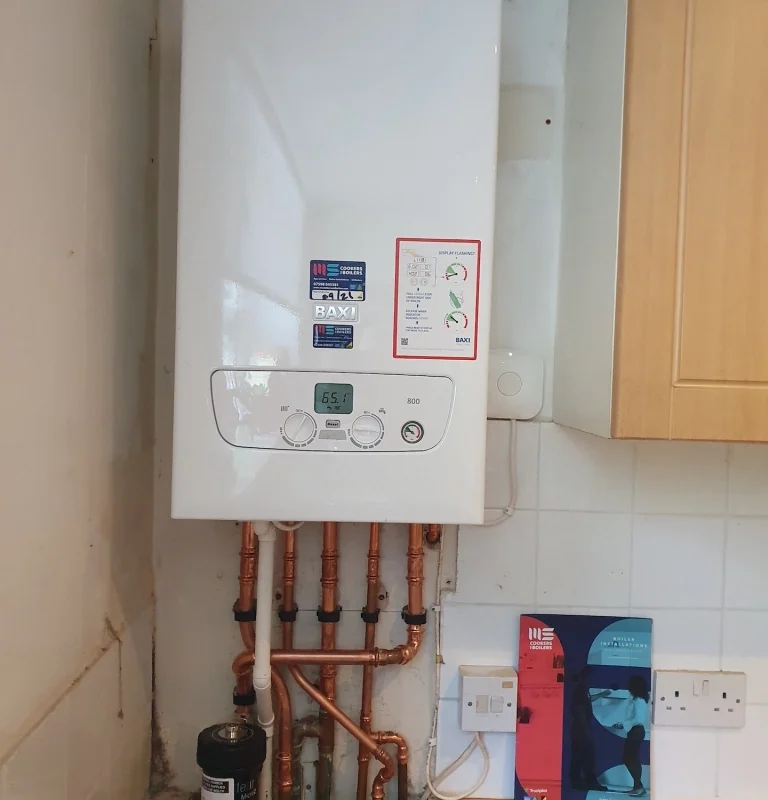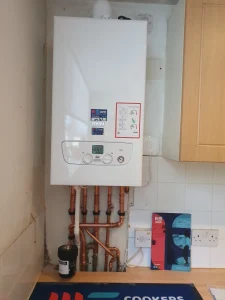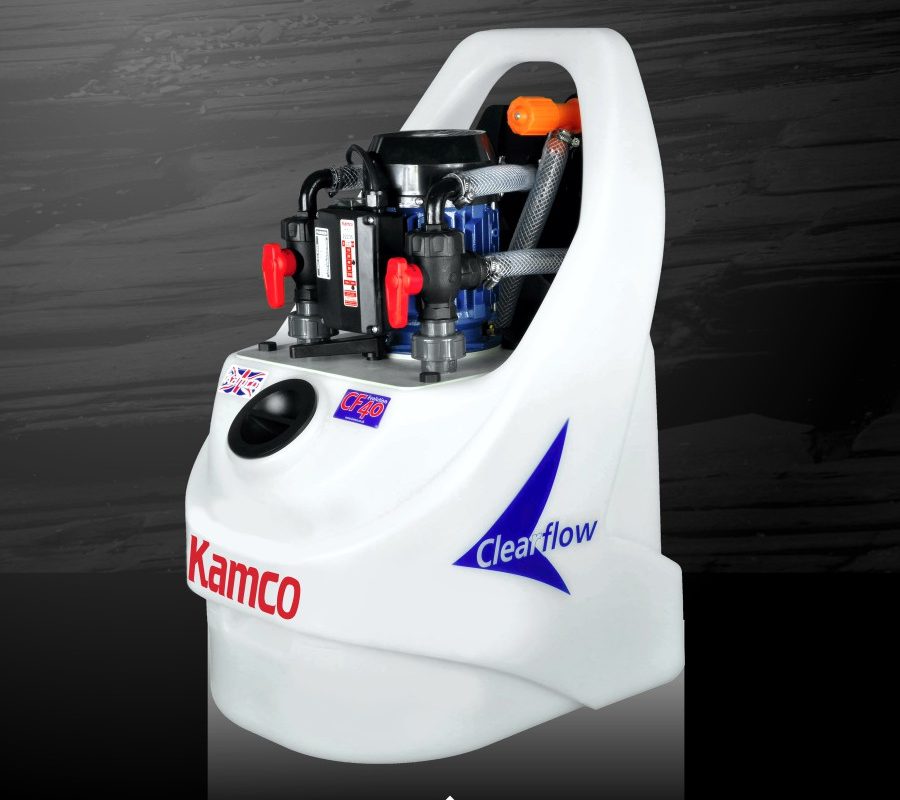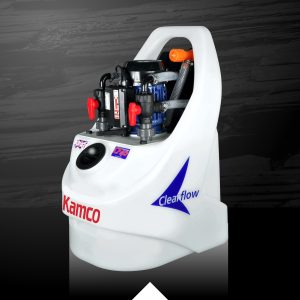Finding a reliable boiler engineer ensures your house’s heating tool runs effortlessly and correctly. Whether or not or now not or not you want a boiler set up or a strength flush, the technique may be worrying you’re uncertain where to start. With scammers and unqualified tradespeople posing as experts, it’s essential to realize how to avoid falling victim to fraud. This guide will walk you through the stairs to find an honest boiler engineer, ensuring peace of mind and a purposeful heating gadget.
Check for Qualifications and Certifications
Verifying their qualifications is one of the first steps in finding a reliable boiler engineer. A professional engineer must hold the appropriate certifications to work on your heating system. In the UK, the most crucial accreditation is gas-safe registration.
Why Gas Safe Matters:
Legal requirement: Engineers should be fuel-safe and registered to paint on gas boilers.
Safety assurance: gasoline-safe engineers are educated to ensure the process is achieved competently.
Verification tool: You can test their credentials on the legit gasoline secure website by entering their registration number.
Make sure the engineer is certified to carry out boiler installations and electricity flushes, as those services require particular knowledge. Stay away from anyone who can not provide evidence of their certifications, as they may be working illegally or without the right education.
Look for Reviews and Recommendations
Once you’ve confirmed an engineer’s qualifications, it’s time to check their reputation. You can do this by looking at reviews and recommendations from past clients.
Steps to Follow:
- Online reviews:Check platforms like Trustpilot, Google, or Checkatrade for customer feedback.
- Word of mouth: Ask friends, family, or neighbours if they’ve recently had a Boiler installation power flush. Personal recommendations often provide insight into the engineer’s reliability.
- Social media:Platforms like Facebook have local community groups where residents share their experiences with local tradespeople.
A trustworthy engineer will have a solid reputation built on positive reviews, ensuring you receive a high standard of work.
Compare Quotes (But Be Wary of Cheap Offers)
Whilst selecting a boiler engineer, you must examine fees from at least three one-of-a-kind professionals. however, be cautious of prices that seem unusually low. Scammers often entice sufferers with low expenses, handiest to deliver substandard work or leave the process unfinished. What to Look For:
Itemized costs: Make sure each quote presents a detailed breakdown of prices, such as labour, parts, and any extra expenses for services like boiler installations or strength flushes.
Transparent pricing: Avoid engineers who are vague about their pricing or refuse to put it in writing.
Clear communication: A reputable engineer might inform you in advance about any additional charges that could arise during the challenge.
Paying slightly more for lovely paintings is frequently worth it to avoid high-priced repairs.Paying slightly more for quality work is often worth it to avoid expensive repairs down the line.
Ask About Insurance and Warranty
Professional boiler engineers ought to carry public liability coverage to cover any harm that can arise during their work. Always ask for evidence of coverage before hiring an engineer. A reliable engineer will also offer a warranty for their boiler installation or power flush services. This warranty ensures that the engineer will fix it without additional costs if anything goes wrong within a specified period.
Key Points:
- Insurance:Protects your home if the engineer causes damage.
- Warranty:Provides peace of mind that the work is guaranteed for a set period.
- Long-term service:Engineers who offer extended warranties tend to stand behind their work.
If the engineer cannot provide proof of insurance or offers no warranty, look elsewhere.
Avoid Cash-Only Deals
Scammers often operate under the guise of “coins-simplest” tradespeople, allowing them to work beneath the radar without providing a traceable service. Usually, insist on a proper contract or invoice, regardless of how small the activity may seem. This protects you if something goes wrong and offers proof to document any malpractice. Benefits of Paying Officially:
- Documentation: You’ll have proof of the service and its cost.
- Legitimacy: Reputable engineers deliver various fees, including bank transfers and credit cards.
- Customer safety:With an agreement in the vicinity, you have got extra criminal standing must disputes stand up.
Trust Your Instincts
Finally, trust your gut. If something feels off during your preliminary session with an engineer, it is better to move on. Scammers frequently show caution signs, including excessive-pressure sales approaches, a reluctance to answer questions, or a lack of knowledge about boiler installations and energy flushes.
Red Flags to Watch For:
- Pushy behaviour: Forcing you to make decisions quickly.
- Poor communication:Avoiding questions or being vague about the work,
- No references: Unwilling to provide contact information for past clients.
Take some time to discover an honest professional who respects your own home and values your safety.
Conclusion
Locating a dependable boiler engineer doesn’t have to be a frightening project. By following these steps, you’ll increase your chances of hiring a certified, trustworthy expert for your boiler installation or energy flush. Continuously verify qualifications, check reviews, evaluate costs, and make certain you have the proper documentation earlier than you intend to. This careful approach will help you avoid scammers and keep your home safe and warm for years.

